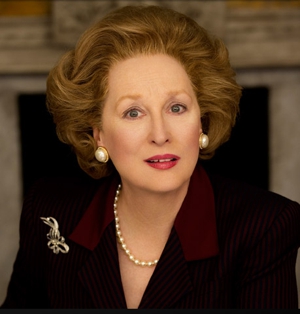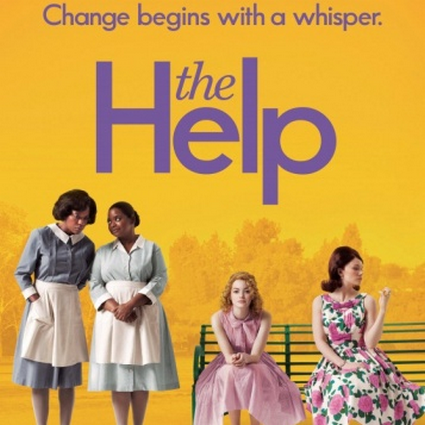This week and final post is about the TV series Angels in America.
In Angels in America, Playwright Tony Kushner adapts his political epic about the AIDS crisis during the mid-eighties, around a group of separate but connected individuals.
To some spiritualists, this is about the looking for a spiritual past in a country where there are no indigenous spirits. The title seems to suggest that there really are angels in our country fair. When an angel falls from the ceiling before the end of Millennium Approaches, it seems that there is definitely an angel, at least. The angel is referred to as the Continental Principality of America, seeming to imply that it is the spiritual essence of the U.S.
This tittle might be given, to criticise the extreme religious, with the tittle, the fact that Prior Walter, a gay man with AIDS experiences various heavenly visions, and also the fact of Louis Ironson being gay is a Jew, transmitted the idea that religion isn't perfect, and even gay people can have their one religion and be prophets.
Angels are a mystification of the perfect human figure without sins or evil, but the rhetorical question the tittle make us is : are angels that perfect? Or they might have their mistakes and continue to be angels in their own perfect way?
The 'angels' referred to in this series aren't perfect to society eyes, but they are perfect for who loves them, in their own way they are perfect, but is perfectness possible?
To conclude, this tittle was given to not only criticise religion stereotypes, but also brings up the notion of what an angel really is and the spiritualists way of thinking about America.












